After nearly a century gone missing, a Gustav Klimt piece has come to light. The painting found was one of the artist’s last before his death and was titled “Portrait of Fräulein Lieser.”
Per MSN, the painting was found in Vienna, and was last spotted in public in the 1920s. Here’s what you need to know.
A Piece of Austrian History Has Emerged from the Darkness

“The Portrait of Fräulein Lieser” has special significance to Austrian culture. Beyond being one of the final pieces of the artist’s career, for a long time, the only evidence of its existence was a photograph in the Austrian National Library archives.
Per ABC News, historians suppose that the photo of the piece was taken in 1925 — possibly in conjunction with the Klimt exhibition in Vienna.
Historians Were Floored by the Rare Find

Since its last noted appearance in 1925, the painting has faded into the depths of history — prompting many art enthusiasts to question the story behind the art.
“The rediscovery of this portrait, one of the most beautiful of Klimt’s last creative period, is a sensation,” the im Kinski Auction House said in a statement.
A Figure Faded to Time

The auction house’s statement went on to confirm the rarity of both the art and the artist.
“Gustav Klimt epitomizes fin de siècle Austrian Modernism more than any other artist,” the statement said. “His work, particularly his portraits of successful women from the upper middle class at the turn of the century, enjoy the highest recognition worldwide.”
What’s Next for the Found Piece?
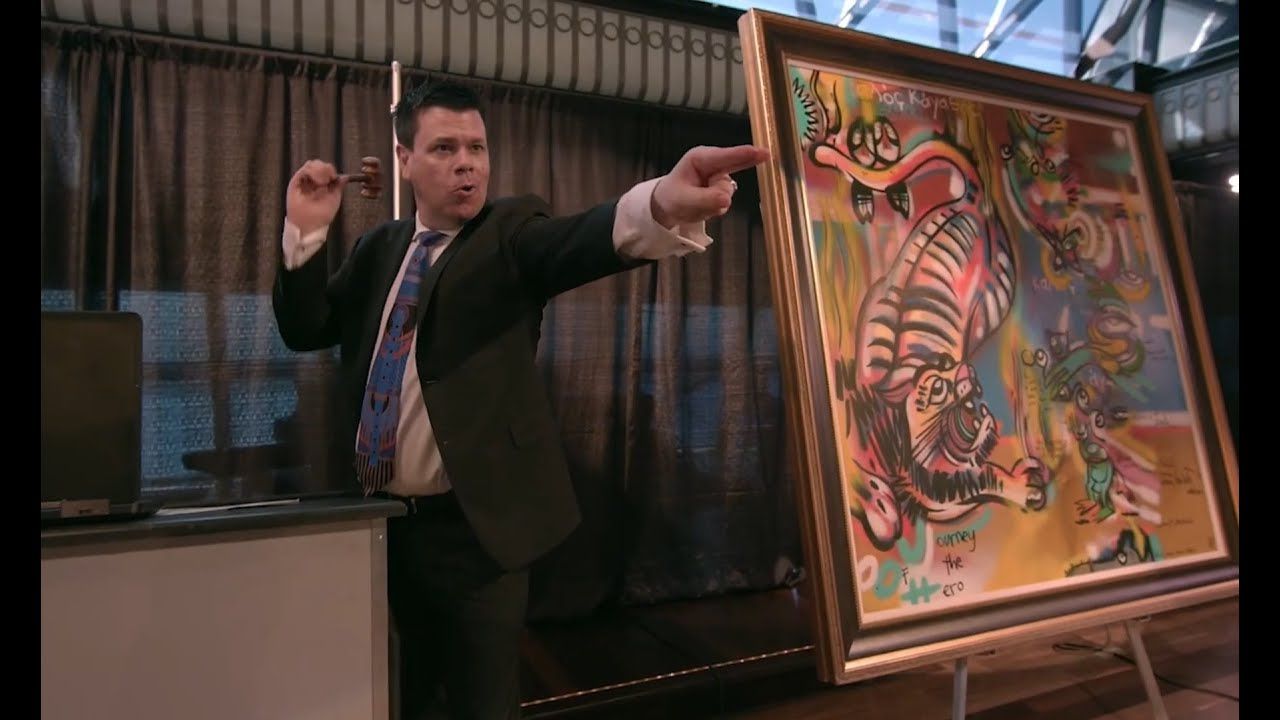
At the time of this publication, the found Klimt piece is expected to go to auction on April 24.
Due to its rarity, it may fetch several hundred thousand dollars (or even millions of dollars) on the current global art market, possibly serving as a pièce de résistance of its time.
The Universal Appeal Holds True
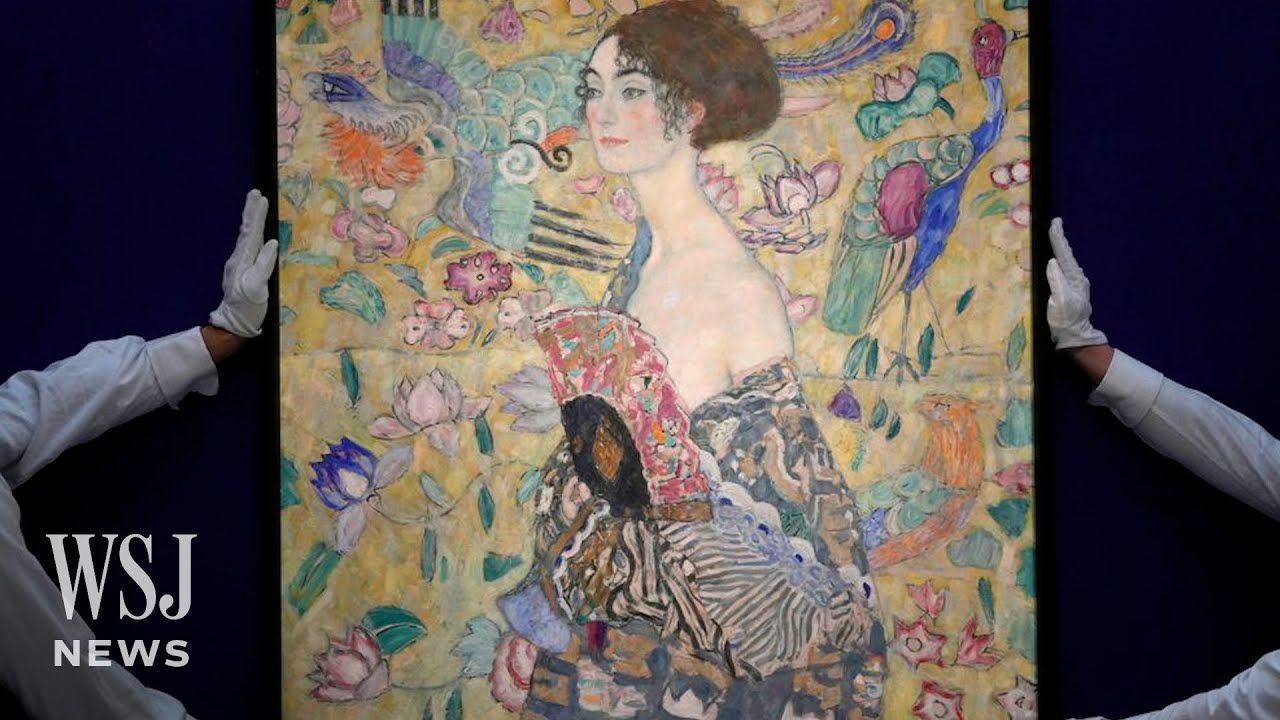
Art historians and enthusiasts note that Klimt’s paintings are among the highest-ranking in the international art market.
As a result, the paintings and pieces are rarely if ever seen at auction — which makes this most recent find and upcoming auction all the more shocking.
What Do Art Experts Have to Say?

Experts confirm the rarity, specifically noting that despite the art mecca that is Europe, this type of opportunity rarely exists. “A painting of such rarity, artistic significance, and value has not been available on the art market in Central Europe for decades,” said im Kinsky auction house experts.
“This also applies to Austria, where no work of art of even approximate importance has been available.”
Around the World: The Next Steps for This Rare Find

The painting is slated to travel around the globe as an exhibit leading up to the auction date, in an attempt to allow as many people to see as possible.
While the complete map hasn’t been released, known locations include Hong Kong, Britain, and Germany, according to ABC News.
Behind the Face: Who Is the Beauty in the Painting?
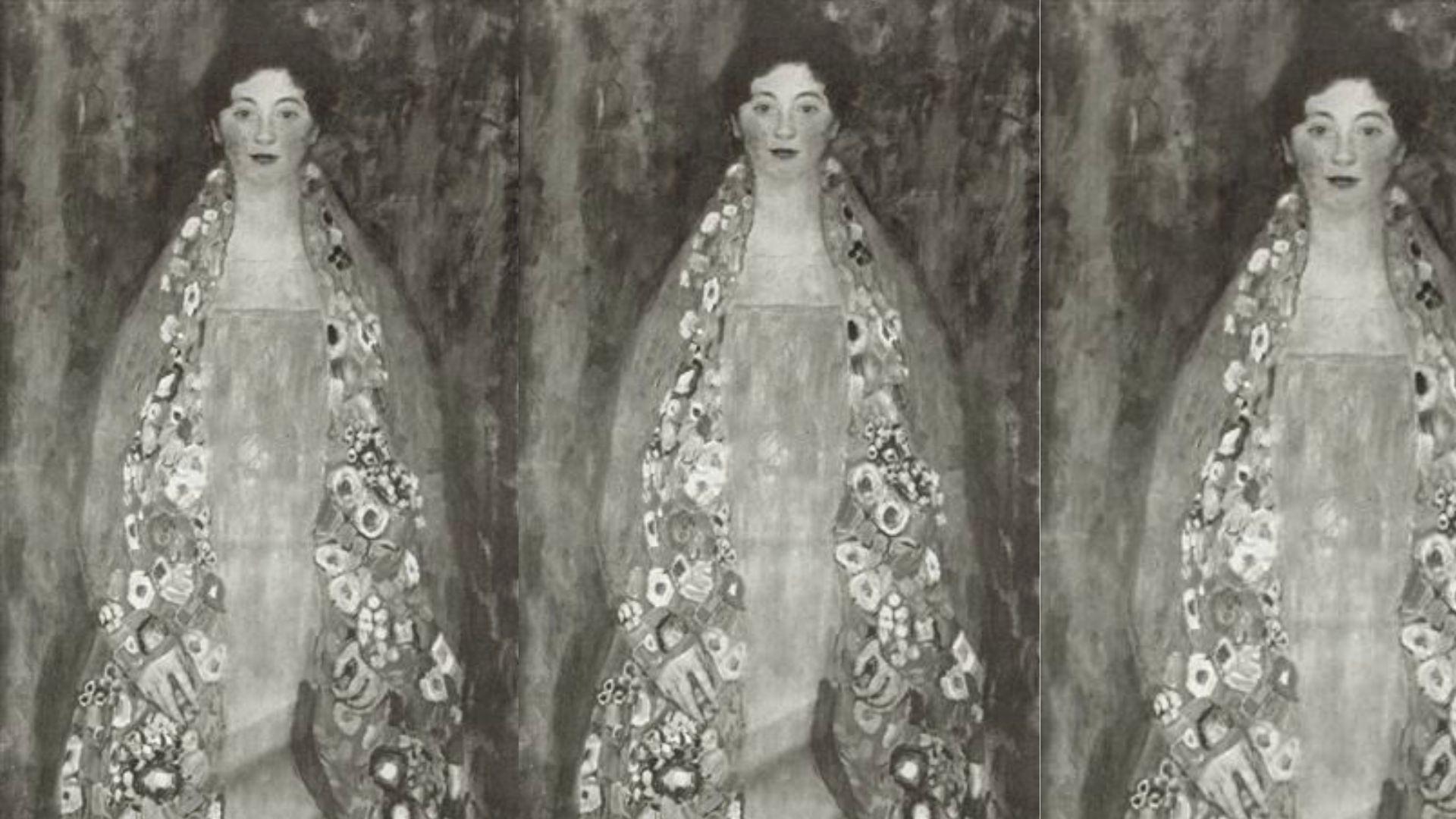
While we know that Fräulein Lieser is the woman behind the painting, we have yet to explore who she is, really.
In fact, there is current contention about which member of the Lieser family this woman really is. Historians believe that she was Margarethe Constance Lieser, and have for some time — but now, many are questioning if it could have been either Helene or Henriette Lieser.
Turning the Pages of History

While research from the im Kinski house has opened the possibility of there being another model beyond Maragrethe who posed for the photo, historians haven’t been able to confirm it as fact.
For that reason, art enthusiasts and historians are attempting to dig deep into the visual cues and see what clues there are to find.
What We Know
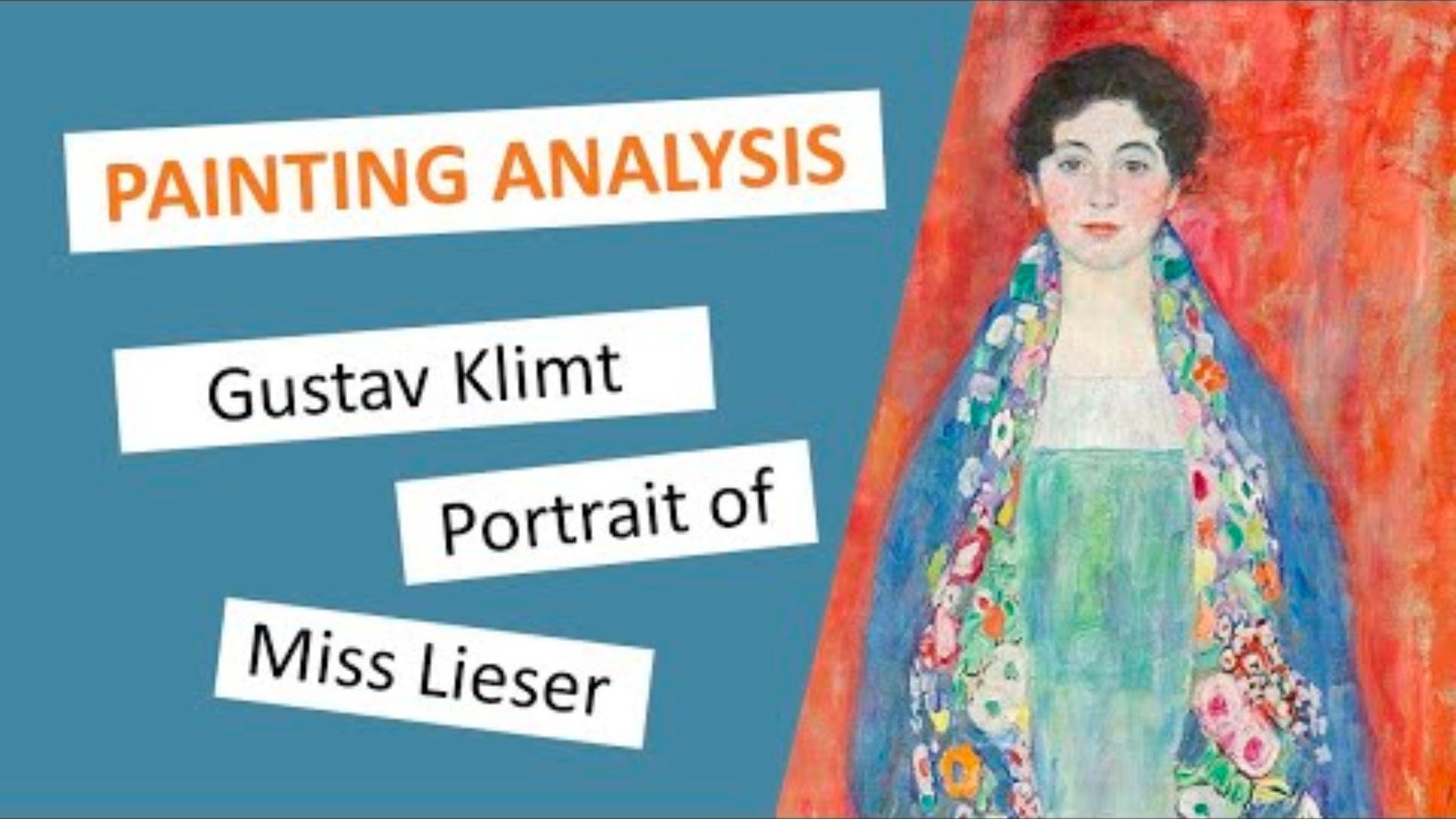
The im Kimski auction house has summarized what we know in an attempt to identify the model, per ABC News.
“In April and May 1917, the sitter visited Klimt’s studio in Hietzing nine times to pose for him,” im Kinsky said. “Klimt probably began the painting in May 1917. The painter chose a three-quarter portrait for his depiction and shows the young woman in a strictly frontal pose, close to the foreground, against a red, undefined background.”
We May Never Know: A Kiss Goodbye from Klimt
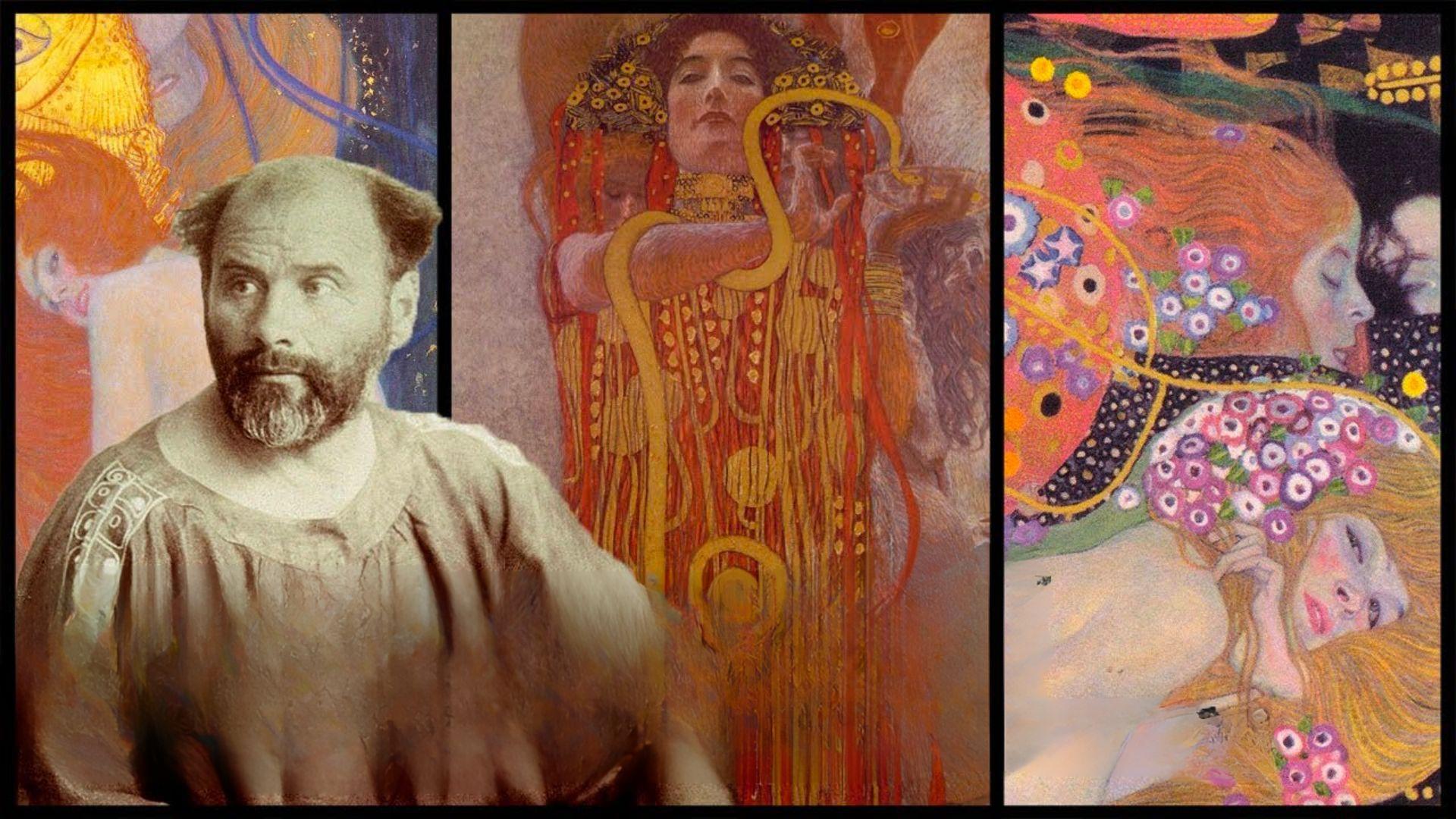
ABC News notes that the painting is largely believed to be one of Klimt’s last paintings, as he died of a stroke on Feb. 6, 1918.
People cleaning his home found the painting left unfinished among others — and lore states that the painting had been handed off to family after he died. Now, it’s back again nearly a century later, continuing to make headlines.
